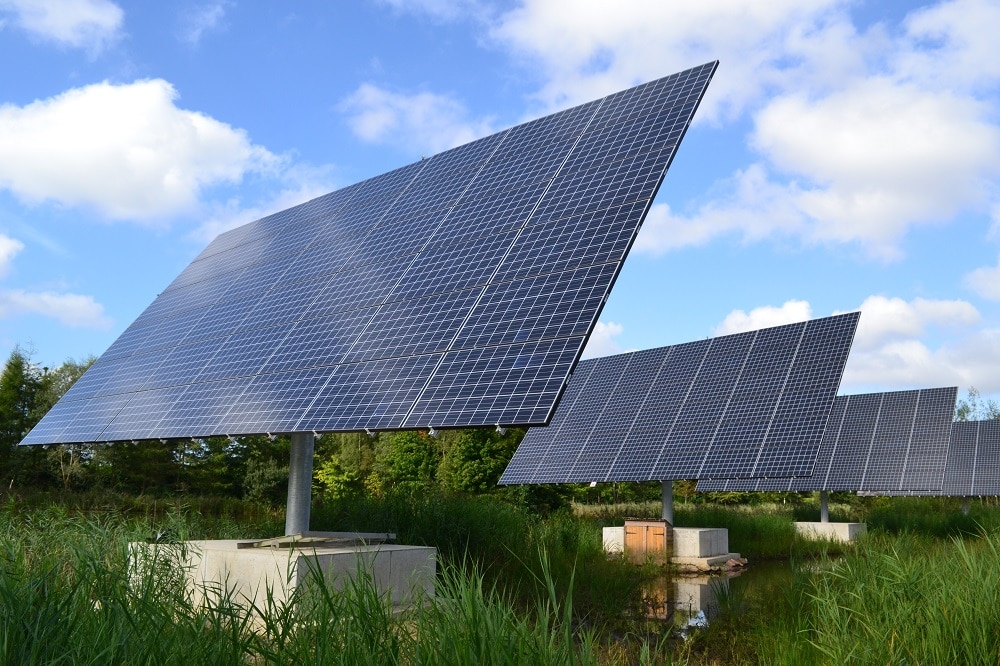Japan (Kyoto Prefecture)
In Japan, the overdevelopment of golf courses during the real-estate boom of the 90s and 00s led to hundreds of sites lying idle around the country today, ripe for repurposing. Characterised by broad, sweeping land with few shaded areas and high levels of sunlight, golf courses and neighbouring inland bodies of water tick almost every box when it comes to the conditions required for solar farms. Which is why Kyocera, a Kyoto-based energy company, wants to transform these old playgrounds of the rich into rich grounds of solar energy.
The Japanese have welcomed alternatives to nuclear power since the 2011 Fukushima disaster. Now, in a joint venture with Century Tokyo Leasing Corporation, Kyocera have just started construction on the world’s largest floating solar power plant. Set to cover an area of the Yamakura Dam reservoir the size of 37 football fields, it is scheduled for launch in 2018. This 23 megawatt single-site project, predicted to generate an estimated 16,170 megawatt hours (MWh) per year, will provide enough electricity to power nearly 5,000 typical households. Through projects like this, Kyocera hopes “to contribute the the expansion of renewable energy and the development of a sustainable, low-carbon society.”
Bio
Natasha Drewnicki has rendered her insatiable nosiness into a career in journalism and PR. When not juggling projects in Barcelona, she'll be surfing in North Spain or Cornwall.
Project leader
Goro Yamaguchi, CEO
Support the Atlas
We want the Atlas of the Future media platform and our event to be available to everybody, everywhere for free – always. Fancy helping us spread stories of hope and optimism to create a better tomorrow? For those able, we'd be grateful for any donation.
- Please support the Atlas here
- Thank you!


